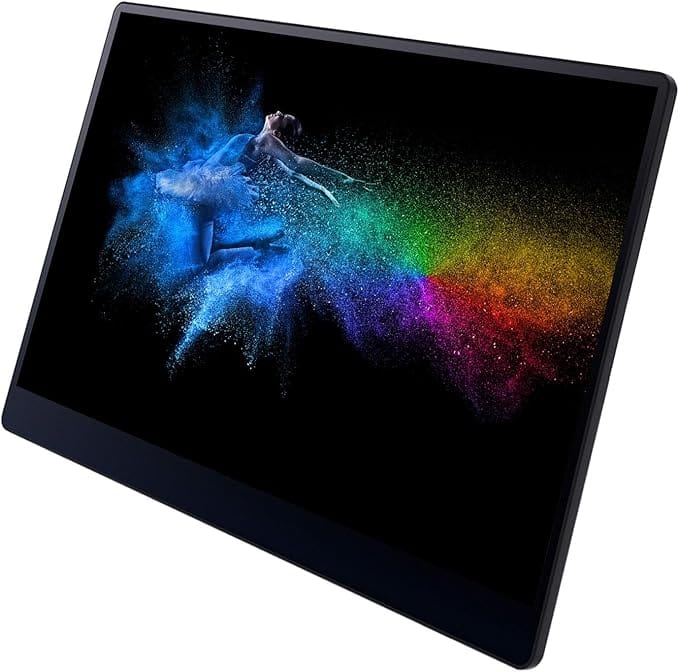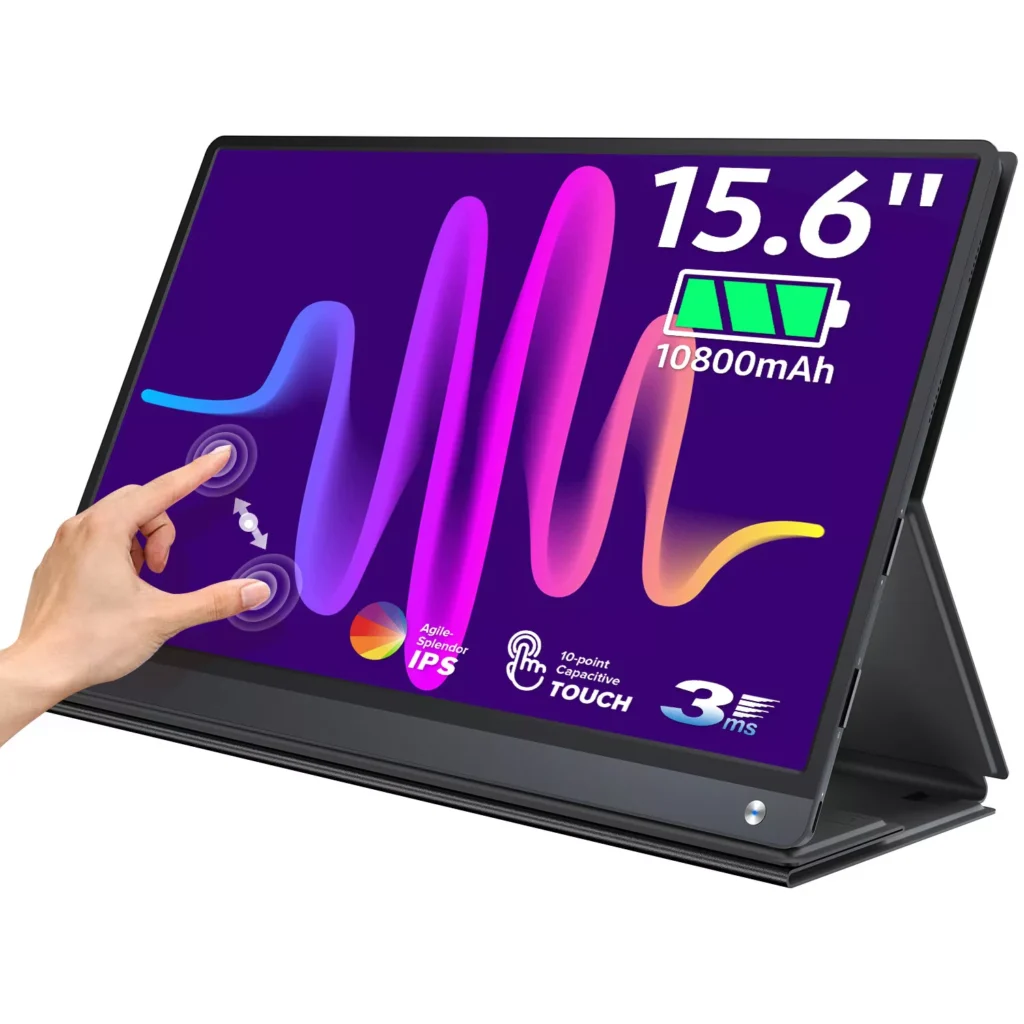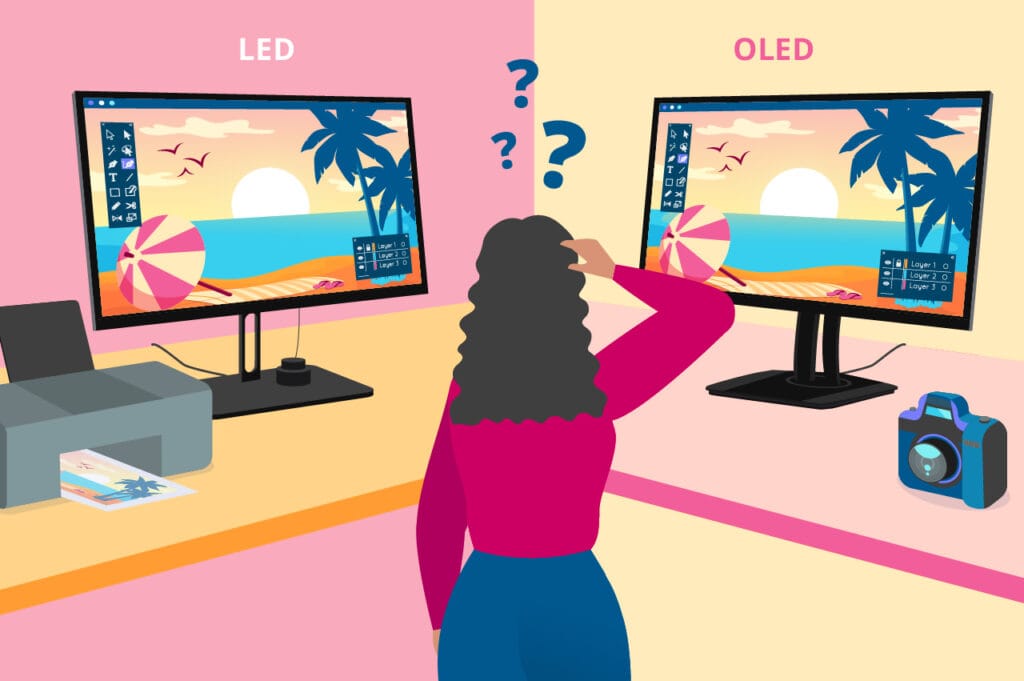In today’s fast-paced digital world, wireless touch screen monitors have emerged as a game-changing technology that enhances productivity and interactivity across various fields. These devices combine the functionality of traditional monitors with the convenience of touch input and wireless connectivity. In this article, we will delve into the numerous advantages and diverse applications of wireless touch screen monitors.

Advantages of Wireless Touch Screen Monitors
- Enhanced Flexibility and Portability
One of the most significant advantages of wireless touch screen monitors is their flexibility. Unlike traditional monitors that require cumbersome cables, wireless options allow users to set up their workspace in various locations without being tethered to a power source or computer. This portability is ideal for presentations, remote work, and collaborative settings where mobility is essential.
- Seamless Collaboration
In modern work environments, collaboration is key. Wireless touch screen monitors facilitate this by enabling multiple users to interact with the screen simultaneously. This feature is particularly beneficial during brainstorming sessions or team meetings, where participants can share ideas and modify documents in real time, enhancing engagement and productivity.
- User-Friendly Interface
Touch screen technology simplifies user interaction, making it more intuitive than traditional input methods. With wireless touch screen monitors, users can navigate menus, scroll through documents, and manipulate graphics with ease, reducing the learning curve associated with new software or systems. This accessibility is crucial in environments like classrooms or training sessions, where users of varying technical skills are present.
- Space-Saving Design
Wireless monitors contribute to a cleaner, more organized workspace by eliminating the need for cables and reducing clutter. This space-saving design is particularly valuable in small offices or homes, where maximizing every inch is essential. The sleek, modern aesthetic of wireless touch screen monitors also enhances the overall look of any environment.
- Versatile Connectivity Options
Most wireless touch screen monitors support various connectivity options, including Bluetooth and Wi-Fi. This versatility allows them to connect to multiple devices, such as laptops, tablets, and smartphones, providing users with the freedom to choose how they work. The ability to switch between devices seamlessly enhances productivity and streamlines workflows.
Applications of Wireless Touch Screen Monitors
- Education
In educational settings, wireless touch screen monitors are transforming the way teachers interact with students. These devices can be used to display presentations, educational videos, or interactive lessons, engaging students in a more dynamic way. Moreover, teachers can easily connect their tablets or laptops to the monitor, allowing for a smoother transition between different teaching materials.
- Business Presentations
For professionals, wireless touch screen monitors are invaluable during presentations. They enable presenters to move freely around the room, engage with their audience, and interact with the content on the screen without being restricted by cables. This interactivity helps capture attention and convey messages more effectively.
- Creative Industries
In fields such as graphic design, architecture, and video editing, wireless touch screen monitors offer artists and designers a more interactive way to work. The ability to draw directly on the screen with stylus support allows for greater precision and creativity. This application enhances the creative process and improves the quality of the final product.
- Healthcare
In healthcare settings, wireless touch screen monitors can improve patient care and communication. Medical professionals can access and display patient records, diagnostic images, or treatment plans directly at the bedside. This instant access to information enhances decision-making and fosters better patient interactions.
- Retail and Customer Engagement
Retail environments benefit from wireless touch screen monitors by providing interactive displays for customers. These monitors can showcase products, run promotional videos, or provide information about services. The touch interface invites customers to engage with the content, creating a more immersive shopping experience.
- Smart Home Integration
As smart home technology becomes increasingly popular, wireless touch screen monitors serve as central control hubs. Users can manage lighting, security systems, and other smart devices through a single interface, making home automation more accessible and user-friendly.

Conclusion
Wireless touch screen monitors are revolutionizing how we interact with technology across various sectors. Their advantages—flexibility, seamless collaboration, user-friendly interfaces, space-saving designs, and versatile connectivity—make them indispensable tools in today’s digital landscape. From education to healthcare and beyond, these monitors enhance productivity and engagement, making them a valuable addition to any workspace. As technology continues to evolve, we can expect wireless touch screen monitors to play an increasingly vital role in shaping the future of how we work and communicate.





